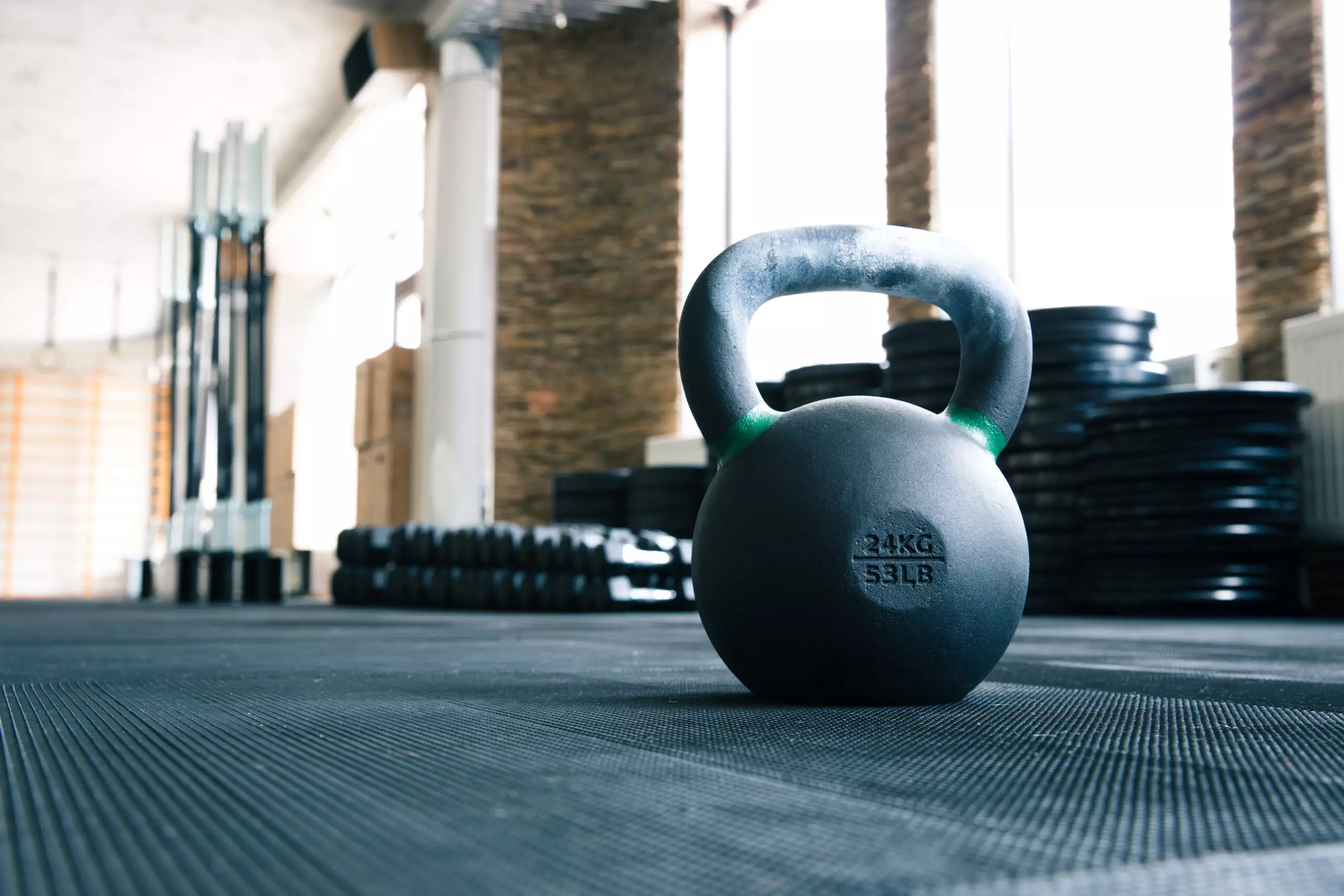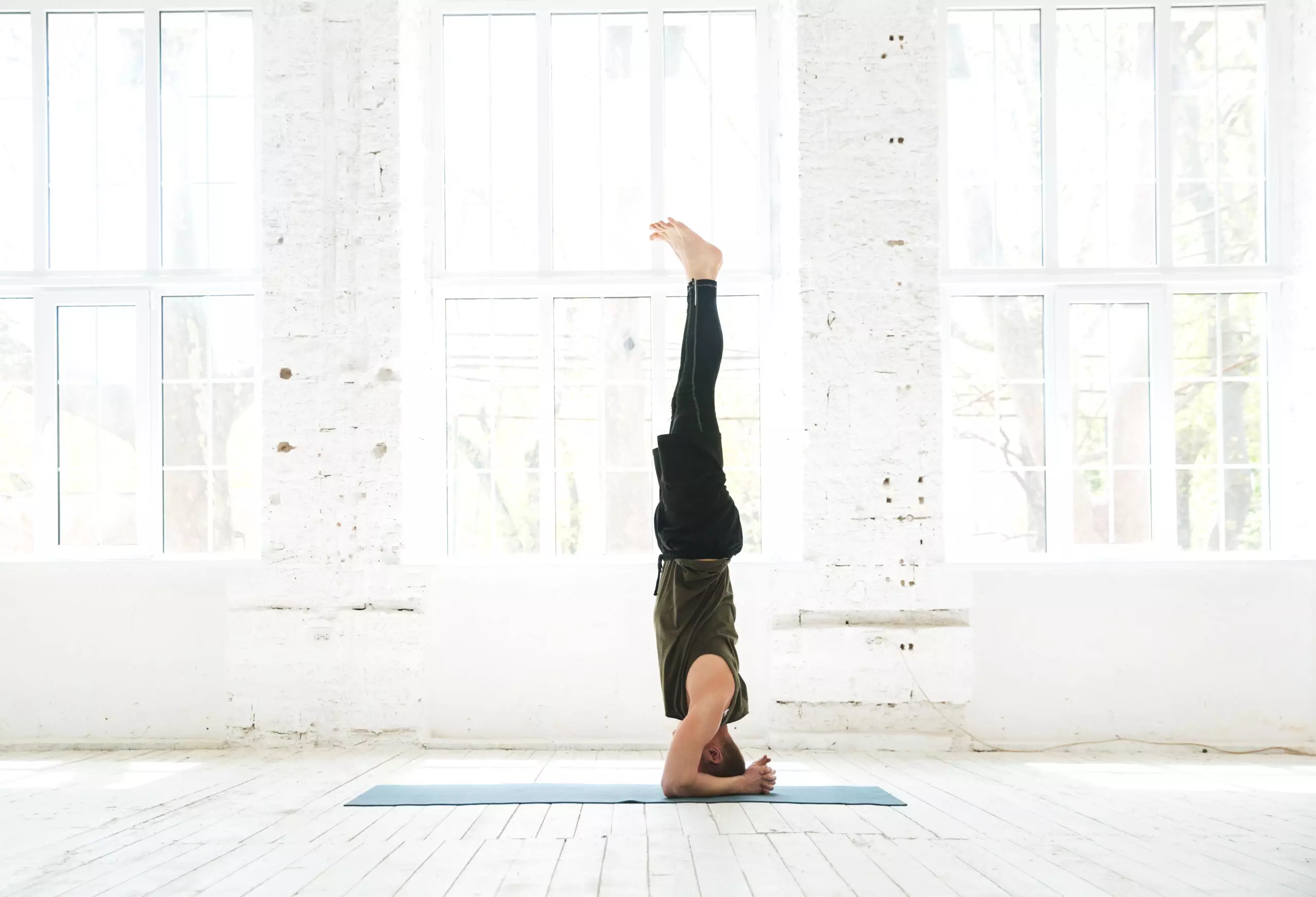Do you want to improve your overall fitness, but don’t know where to start? Look no further than walking! Walking is one of the easiest and most accessible forms of exercise. It doesn’t require any special equipment or training, and it can be done almost anywhere. In this blog post, we will explore how walking can help improve your health and well-being.
Introduction to Walking for Fitness
Walking has been shown to have numerous benefits for both physical and mental health. It is an excellent form of cardiovascular exercise that helps strengthen your heart and lungs while improving circulation throughout your body. Additionally, regular walking can also help reduce stress levels, boost mood, and increase energy levels. Whether you are new to exercising or just looking for a low-impact activity to add to your routine, walking is a great option.
The Benefits of Stretching Before a Walk
Before starting your walk, it’s essential to warm up with some light stretching. This helps prepare your muscles for movement and reduces the risk of injury. Dynamic stretches such as leg swings, arm circles, and high knees are ideal for warming up before a walk. These types of stretches get your blood flowing and activate your muscles without putting too much strain on them.
How Much Should You Walk Each Day
So, how much should you walk each day? The American Heart Association recommends adults aim for at least 150 minutes of moderate aerobic activity per week, which equates to about 30 minutes per day, five days a week. However, if you’re new to walking, it’s best to start slow and gradually build up your endurance over time. Aim for 20-30 minute walks three times per week and work your way up from there.
Incorporating Strength Training into Your Walking Routine
While walking is an excellent form of cardio, adding in some strength training exercises can take your fitness to the next level. Bodyweight exercises like squats, lunges, pushups, and planks are all great options that can be easily incorporated into your walking routine. Try doing a few sets of these exercises during your walk breaks or at the beginning/end of your walk.
Walking as Cross-Training for Other Sports or Activities
If you enjoy participating in other sports or activities, walking can be an excellent cross-training tool. For example, if you’re a runner, taking a break from running and going for a walk instead can help give your joints a rest while still providing a solid workout. Similarly, if you play team sports like basketball or soccer, walking can help improve your endurance and agility.
Conclusion: Tips and Motivation for Starting a Walking Program
Starting a walking program may seem daunting, but with the right tips and motivation, it can be easy to stick to. Here are a few tips to get started:

1. Start small – even 10-minute walks are beneficial!
2. Find a walking buddy to keep you accountable and make it more fun.
3. Vary your routes to keep things interesting.
4. Use music or podcasts to stay entertained during your walks.
5. Set achievable goals and reward yourself when you reach them (e.g., treat yourself to a smoothie after completing a 30-minute walk).
Remember, consistency is key when it comes to walking. Even if you only have 10-15 minutes to spare each day, making walking a habit can have significant long-term benefits for your health. So lace up those shoes and hit the pavement – your healthiest self awaits!








